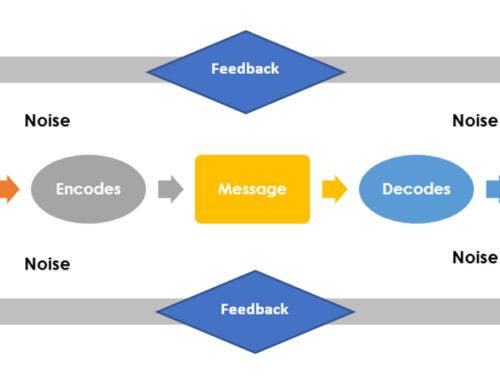Children concoct stories quite frequently. All too often we assume they are choosing to lie/fabricate a story when really that may not be the case.
According to neuroscientist Jaak Panksepp, the human brain contains ancient emotional systems—what he called primary emotion circuits—that evolved long before our higher reasoning abilities. These include deep-brain systems responsible for emotions such as SEEKING, FEAR, RAGE, CARE, PANIC/GRIEF, LUST, and PLAY. When these circuits are well-balanced, they support adaptive behavior and emotional regulation. However, when they become dysregulated—especially the FEAR system—cognitive distortions can arise, including a phenomenon known as confabulation.
Confabulation is not the same as lying. It’s not a conscious attempt to deceive. Rather, it’s the brain’s attempt to make sense of a situation when emotional overwhelm disrupts rationality. In essence, the mind fills in with plausible but inaccurate narratives. According to Panksepp, and later Stuart Shanker, this often happens when the FEAR circuit is overactivated—such as during high-stress, traumatic, or ambiguous experiences.
FEAR can result in confabulation as a defense mechanism when perceived consequences are threatening and severe. A child may deny either doing or not doing something that witnesses themselves observed firsthand. Their denials and excuses aren’t deliberate fabrications; they feel real to the person experiencing them. In reality, the brain is confabulating to reduce emotional distress. The core emotion—FEAR—skews perception before logic can intervene.
We know these primary emotion systems are deeply embedded in subcortical areas of the brain. When imbalanced, they exert strong influences on limbic processing. In states of high emotions, especially fear, the brain prioritizes survival over accuracy in narratives.
 Understanding confabulation through this lens has important implications. It challenges us to respond to emotionally driven false beliefs not with strict correction alone, but with compassion about the stressors behind them. It’s a reminder to us all that when someone recounts an obviously false or distorted story, they may be doing so not to manipulate, but because their emotion circuits are dysregulated, and their brain is trying to protect them.
Understanding confabulation through this lens has important implications. It challenges us to respond to emotionally driven false beliefs not with strict correction alone, but with compassion about the stressors behind them. It’s a reminder to us all that when someone recounts an obviously false or distorted story, they may be doing so not to manipulate, but because their emotion circuits are dysregulated, and their brain is trying to protect them.
Self-Reg urges us to reframe these actions as the emotional foundations they are, and to recognize that truth and logic are often downstream from emotion. When fear hijacks the mind, confabulation is less a lie—and more a cry for safety.
Cognitive Dynamics can help.






Leave A Comment